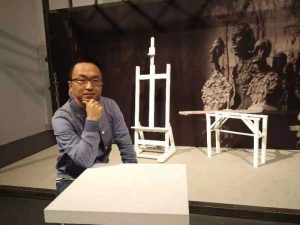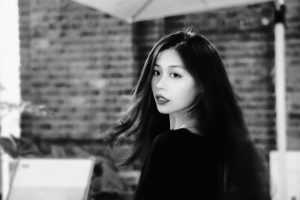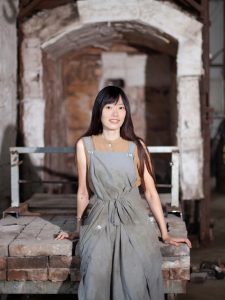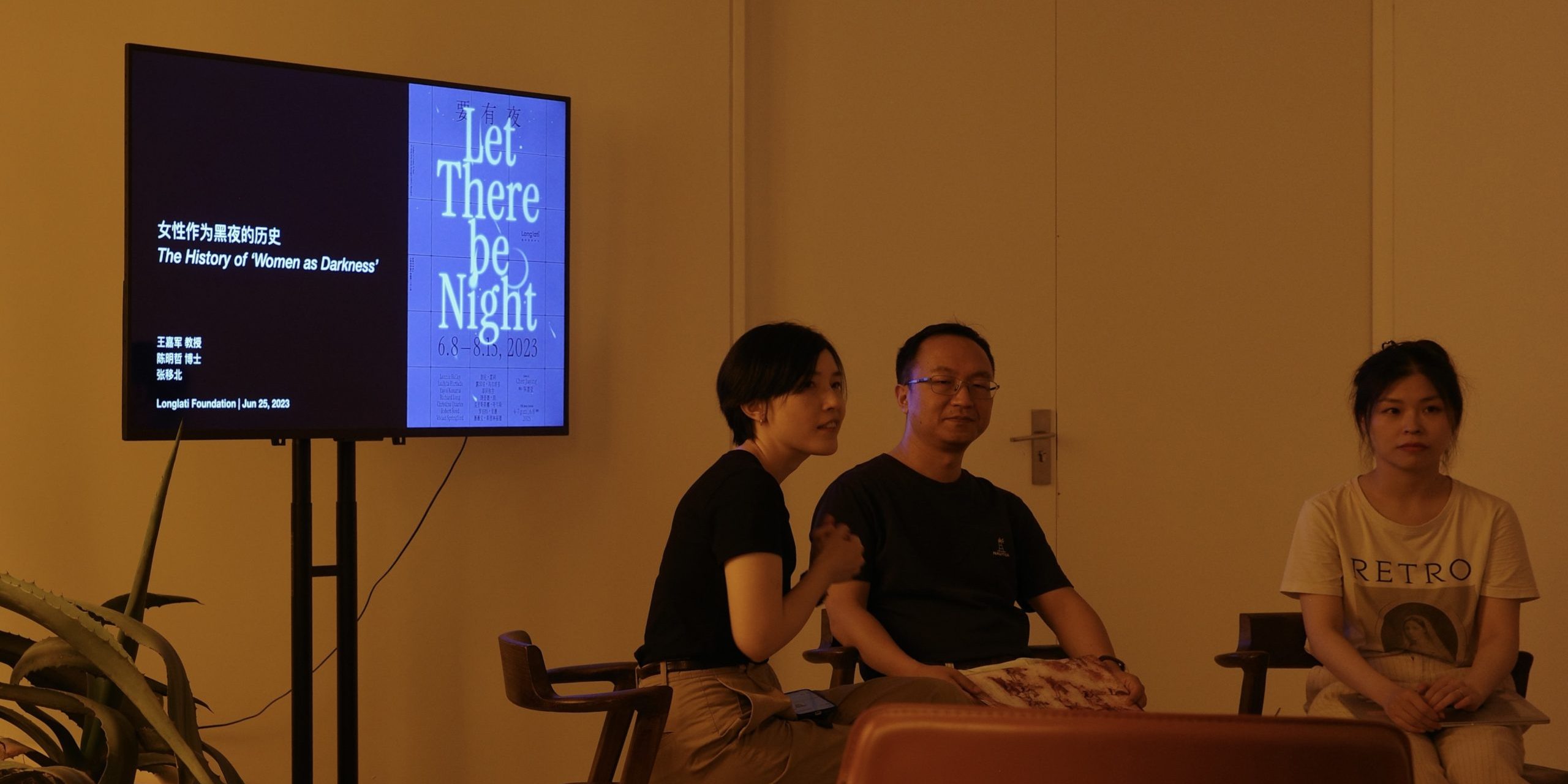Longlati Public Program | Heteroglossia
In response to the shift of forefront of thoughts and resonate with the pulse of the times, the Longlati Collection and Patronage Program was initiated in 2017 with three themes: 20th-century international women artists, minority and multi-minority cultures, and the practice of post-90s Chinese artists. These threads fall within three emerging academic fields: feminist philosophy, minority theory, and Sinophone studies. However, these fields, closely related to “otherness,” have not yet been intensely cultivated and connected in the Sinophone circle. Motivated by this condition, “Heteroglossia” seeks to answer questions such as: What is the significance of producing feminist exhibitions in the Sinophone world? Why must we pay particular attention to minority groups and their theories? Are Chinese a minority? In the wake of identity politics, how do we find discourses that link each other amid the clamor of the multitudes? In particular, how can the voices of the many proclaim “Hua”?
Co-curators: Jenny Jiaying Chen, Mingzhe Chen, Daihai Zhang
1.1 The History of Women as Darkness
In the history of Western philosophy, the emergence of the concept of the “other” can be traced back to Plato’s dialogues. This concept, in contrast to the “self,” refers to everything external to the self that reveals the existence of the self. Since the Enlightenment, Western philosophy has continuously reinforced the separation between the self and the world. The binary opposition of subject and object has been integrated into a series of deeply ingrained contrasting sequences: self/other, subject/object, active/passive, male/female, and so on. The former in these sequences, illuminated by the Enlightenment’s sunlight, is expected to control and conquer the latter, which resembles the primordial silent darkness. This logic, hidden yet pervasive, operates in various aspects of daily life.
Simone de Beauvoir revealed the stable structure of oppression and exploitation experienced by women as “others” and the male gaze. Women are trapped in a passive, internal position as mysterious others, relegated to the chaotic darkness. Unfortunately, the resistance of the “darkness” seems to rely only on emphasizing its difference from the “daylight.” This paradoxical resistance intensifies the “otherness.” Fortunately, the space for questioning still exists: Without the other, how can the subject exist?
This lecture will start with the historical perspective of “women as others” to reexamine the position and power of the other. The “other” is the premise for the manifestation of the subject and the self-awareness of the subject, possessing the potential to compel the self-positioning of the subject. Philosophers such as Emmanuel Levinas attempt to deconstruct the overwhelming “interior” (subject philosophy) from the “external” (such as the body) and explore and interpret the “otherness” within themselves. These efforts can provide new insights for understanding contemporary feminist ethical practices.
Period: June 25, 2023 14:00-16:00
Venue: Longlati Garden Exhibition Area
Readings
- Simone de Beauvoir, The Second Sex
- Emmanuel Levinas, Time and the Other
Contents
- The fundamentals of “othering”;
- The way women are portrayed in literature and popular culture;
- How women are excluded from traditional philosophical discourse and how this exclusion exacerbates their oppression (e.g., Beauvoir, Tala Madani, Louise Lawler, and the artists ofgroup exhibition);
- The “night” in the history of thought (from Aristotle to Levinas)
- The dismantling of the overwhelming “inside”(philosophy of the subject) from the “outside” (body, etc.).
Guests

Professor Wang Jiajun, deputy head of the Department of Chinese Language and Literature, and doctoral supervisor at East China Normal University. He is also a member of the Chinese Association of Literary Theory. He has published and translated works such as “Being, Exoticism the Other: Emmanuel Levinas and Contemporary French Literary Theory,” “Schopenhauer and Theory of the Sublime,” and “Time and the Other.”

Chen Mingzhe, East China Normal University Simian Institute for Advanced Studies, doctoral student in Western Philosophy, research areas include feminist epistemology, feminist ethics, posthumanist theory, etc.

Zhang Yibei, born in Daqing in 1992. Currently living and working in Beijing. Holds a master’s degree in Sculpture from the Royal College of Art in the United Kingdom and a bachelor’s degree in Sculpture from the University of the Arts London. Zhang Yibei starts from a hypothetical proposition and engages in a reconsideration of the relationship between the artist, materials, and concepts. In this process of conceptualization and reflection, the artist and her materials form the tangible world, which in turn constitutes the conceptual world. Thought and materials together shape the artist’s imagery, which can be seen as a relationship akin to that of the chicken and the egg, leading to a collaborative relationship between the artist and the materials. Therefore, materials, artists, and ideas are destined to coexist. So, what are materials, and who is the artist? Where does the concept reside? Perhaps we can consider that the artist selects her materials, whether they are stones, silicon, or pre-existing objects in the world because she combines her materials to become reference objects in her subconscious. This raises a question for Zhang Yibei: Does the material belong to the artist, or vice versa? In other words, in relation to the material, is the artist chosen and moved, or from the artist’s perspective, are the materials moved and chosen?






